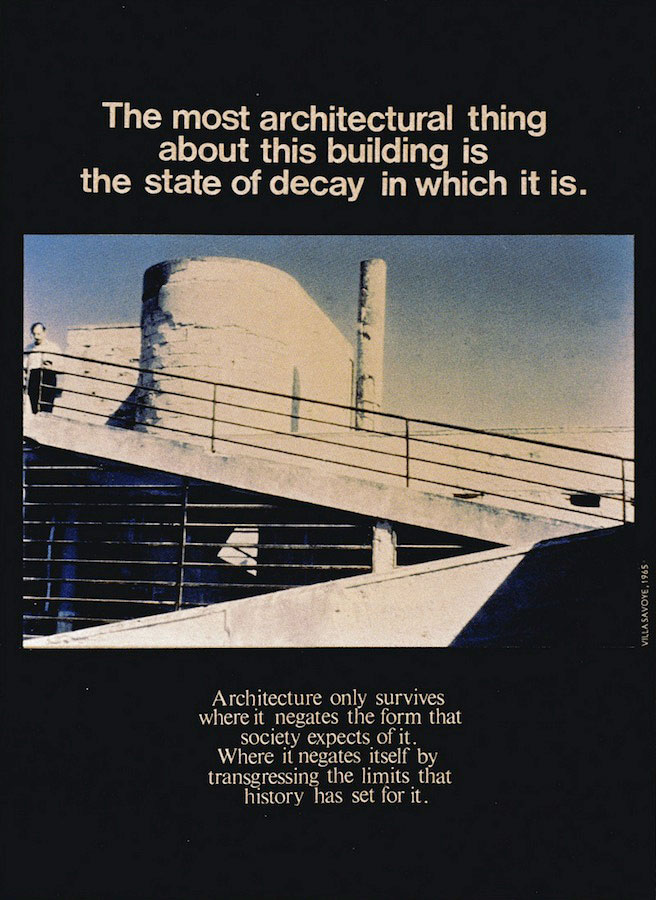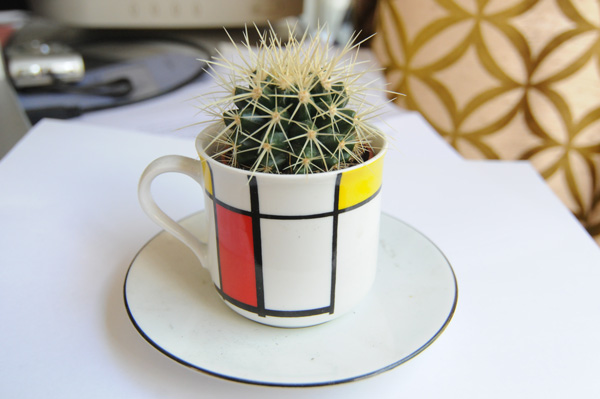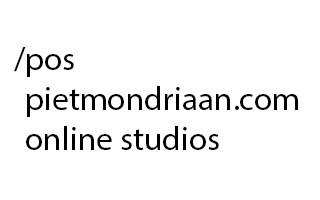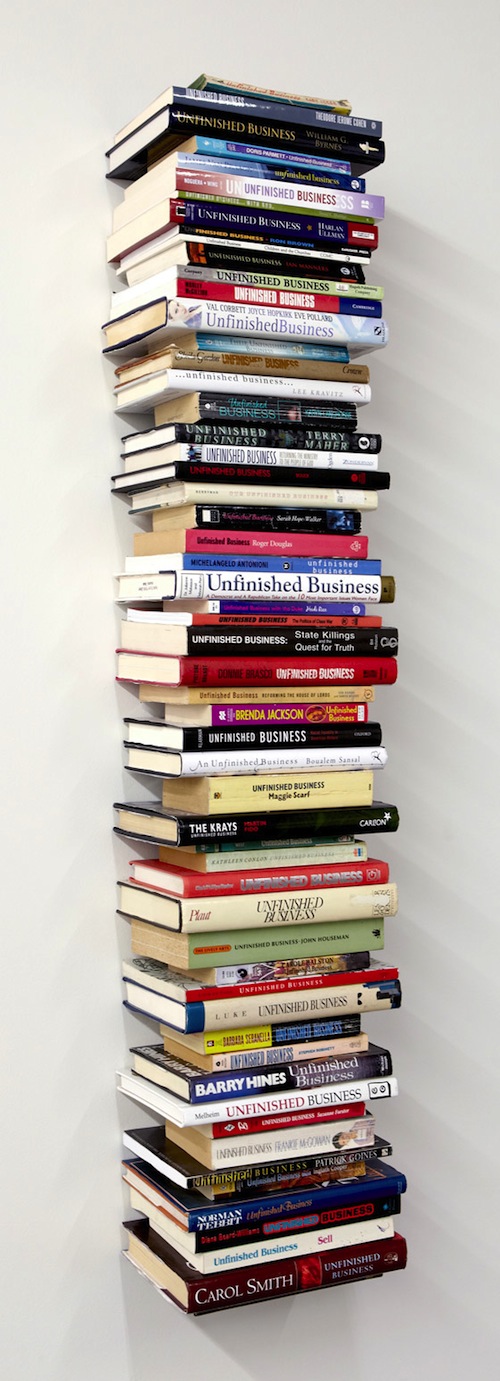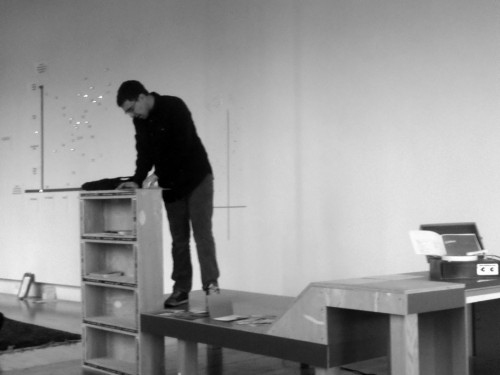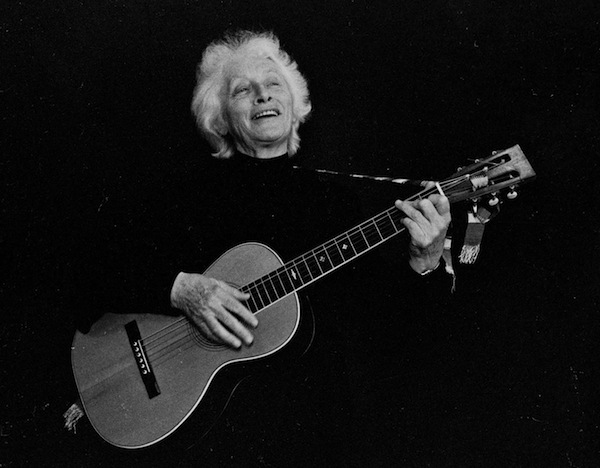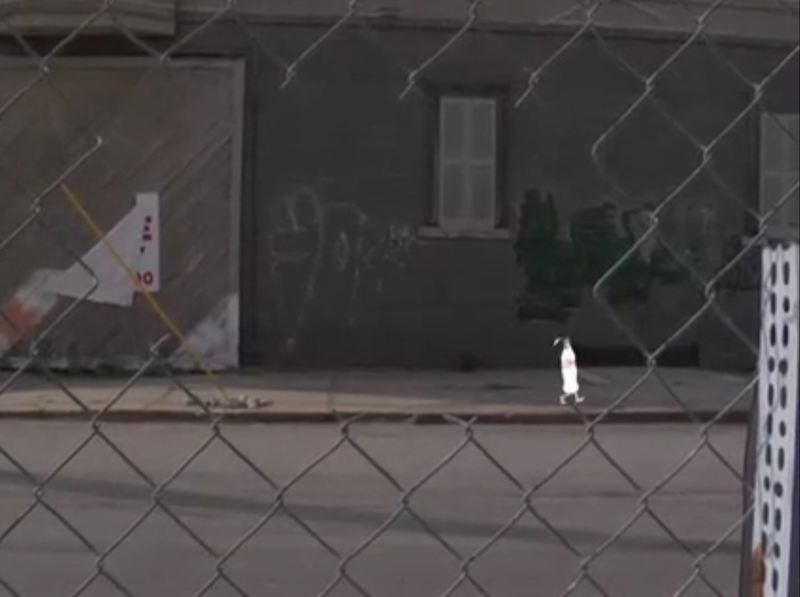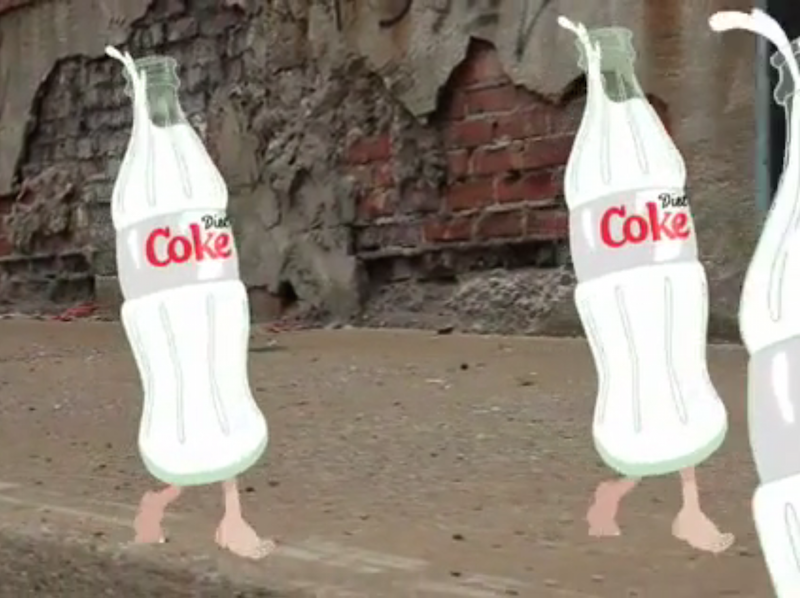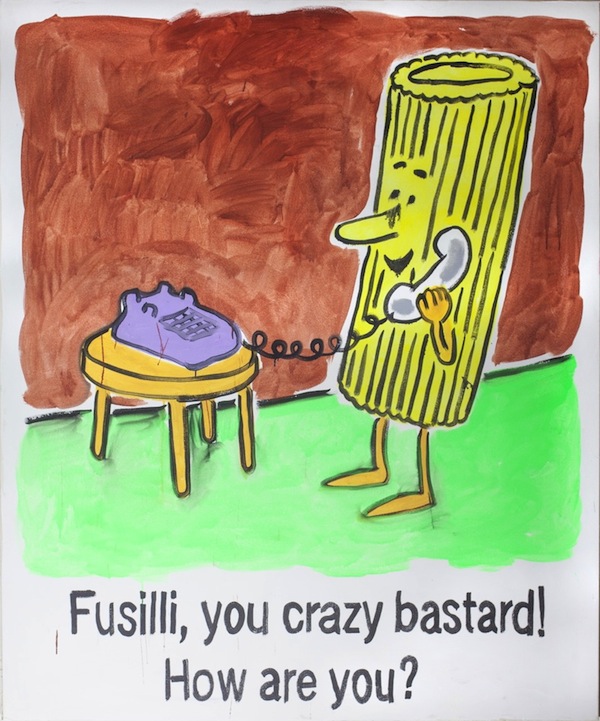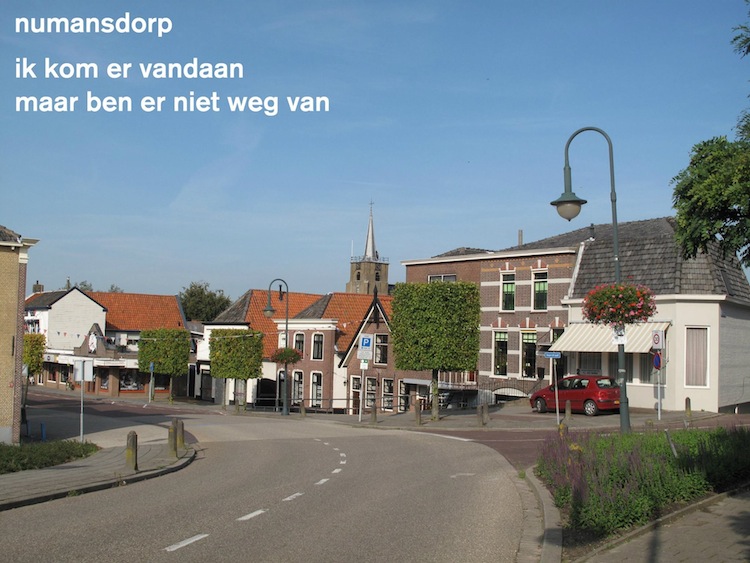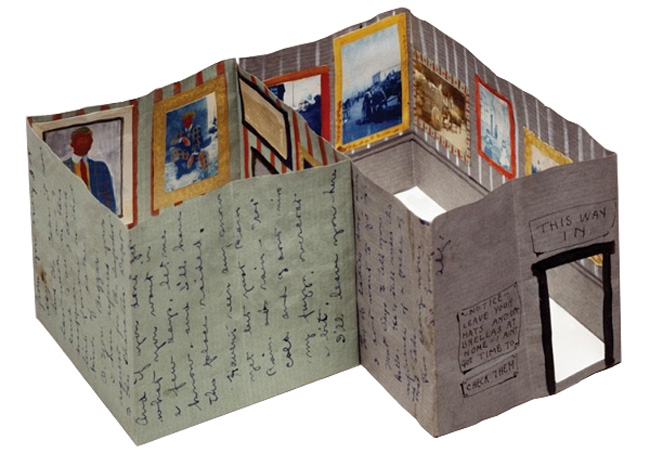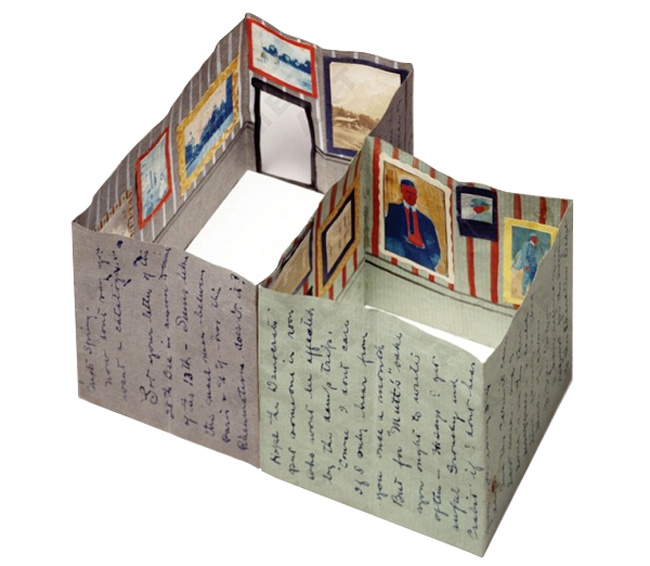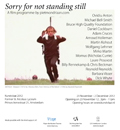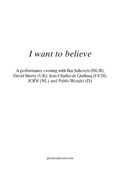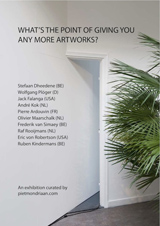“Hubert Damisch’s study, A Theory of /Cloud/ (1972), makes /cloud/ the sign of painting’s paradoxical combination of the ephemeral and the material. Above all, it signals the escape of painting from the dominance of perspective and its historical transformation; the problem of surface became the problem of illusion. By the use of two forward slashes, Damisch transforms /cloud / into an index or signifier, rather than a word denoting “cloud” in any descriptive or figurative sense. Enslaved to linear perspective (so Damisch argues), painting seeks another way of representing visual experience. /Cloud/, whether rendered as the absence of sky or as deceptive trompe l’oeil, poses an alternative to the linear order. It becomes a sign of all that painting has to overcome. Instead of organizing the limits of a flat surface, the illusionistic clouds of the painted baroque cupola overflow their architectural frame. Correggio, according to Damisch, was the first to construct his pictures from the point of view of a Kantian subject for whom space is a constitutive aspect of consciousness.
Damisch’s semiotic analysis of pictorial production takes the theme and texture of /cloud/ as an indexical case-study for the development of painting, making /cloud/ the defining problematic of painting from the baroque to the present day. This “pictorial” or “painterly” space – what he calls “a free and unlimited depth, considered as a luminous and aerial substance” – is opposed to a modernist emphasis on linear style, with its flatness and overlapping forms. /Cloud/ is the sign of the volume repressed by modern painting’s fixation on the flatness of the representational surface. Its semiotics challenge the insistence of twentieth-century modernism on the representation of painterly space. Clouds round out pictorial space instead of flattening it; they point to the organization of the pictorial as a dialectic of surface and depth. /Cloud/ negates solidity and shape. Nebulous and indefinite, it signals an indeterminate volume, defying the medium and restoring painting to the realm of illusion. But /cloud/ also contains the paradox of form which signifies itself.”
From: ‘Cloud Studies: The Visible Invisible’, by Mary Jacobus
